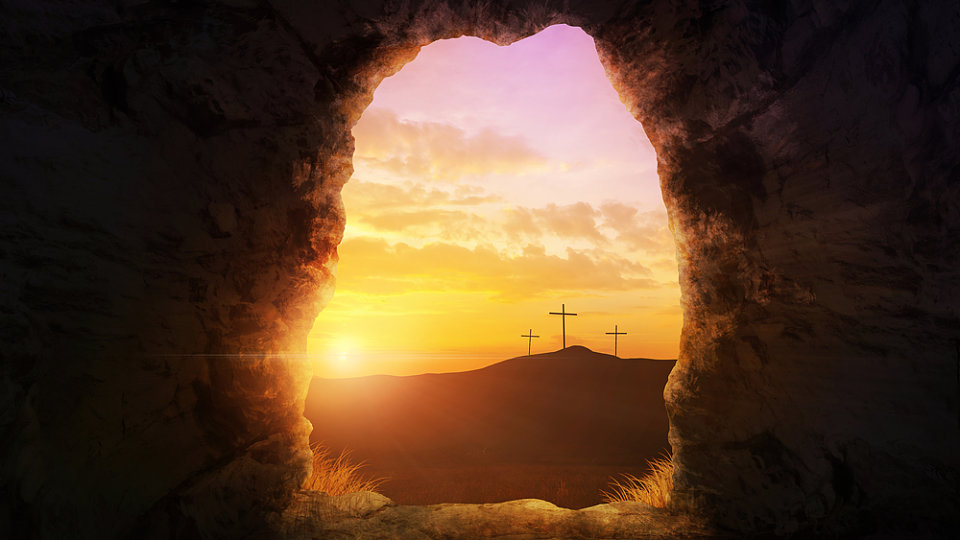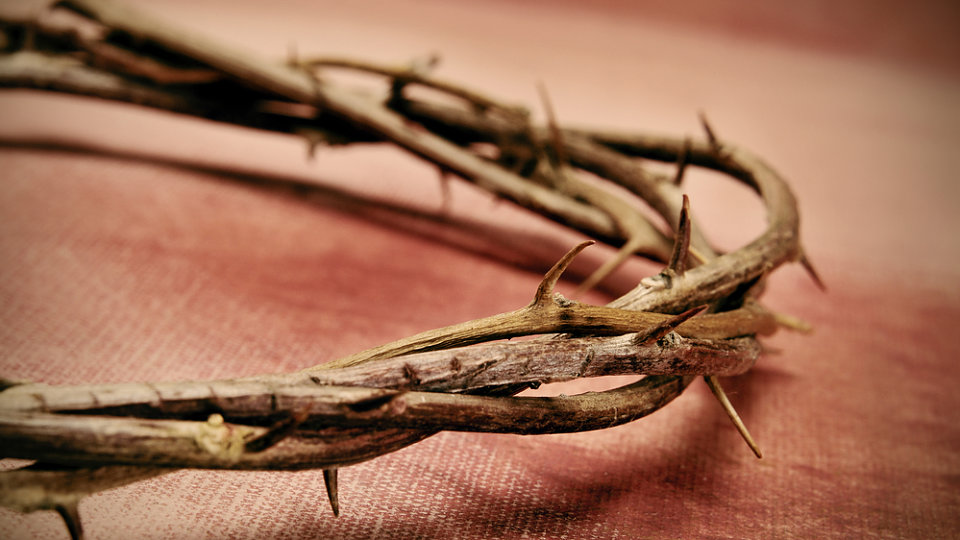Does Everything Really Happen for a Reason?
Today’s post is an excerpt from my new book, Half Truths: God Helps Those Who Help Themselves and Other Things the Bible Doesn’t Say, which examines several popular half truths that many Christians embrace. Has anyone ever said to you, “Everything happens for a reason”? Most of us have heard that statement from someone at some point. Many of us have said it to someone else. The statement is true if, in saying it, we mean that we live in a world of cause and effect. Actions create consequences. Our own choices produce results. A result of choosing to text while driving may be a collision in which someone is injured. Usually, however, when we say, “Everything happens for a reason,” we’re not talking about cause and effect. Most often, we’re speaking in response to suffering. When something bad has happened and we’re trying to help someone through a difficult time, we say it, or something like it. Similar statements include, “It must have been the will of God,” or, “It’s all part of the plan,” or at the death of an individual we might seek to console another by saying, “It must have been their time.” In Half Truths, I devote a chapter to unpacking what’s untrue about this particular half-truth. Here’s a bit of the argument I make there: While God is ultimately sovereign, the opening story of the Bible shows that God has given human beings “dominion” here on earth – that is, we have the capacity to make decisions, a freedom we value and, as Americans, have been willing to fight and die for. The biblical story is in many ways the story of humanity misusing our freedom, turning away from God, practicing the very things God has told us not to do, and then God’s working to redeem, restore and heal the mess we’ve made of things. Consider ISIS. If everything happens for a reason then we must assume that God raised up ISIS to accomplish some purpose. They certainly believe that. But our attempts to defeat them make clear that we believe they are an evil that must be stopped, not some part of God’s sovereign plan that must be allowed to continue unabated. I’ll leave most of the case to the book, but I’ll end this post simply by noting when we say that “everything happens for a reason” (and we’re implying that God must have some reason for everything happening, hence God is ultimately responsible for everything that happens), we make God responsible for every bad decision, every act of wrongdoing, every disease, every inhumane thing we humans do to one another. And we remove the responsibility from ourselves. Telling a suffering person that God must have a reason for inflicting suffering on them is not comforting for many; it only serves to remove the one source of comfort they might have had. Is this really how things work? Does God really will everything that happens? Or is God often grieved by what happens here on earth? If you’d like to find out more about why “everything happens for a reason” is at best a half-truth, check out, Half Truths. Click here to order the book and read more.









